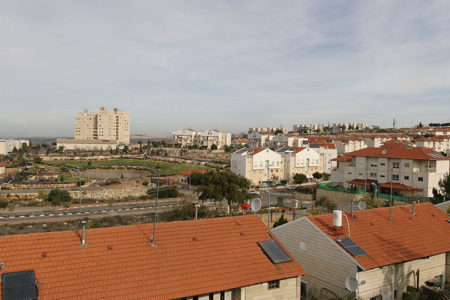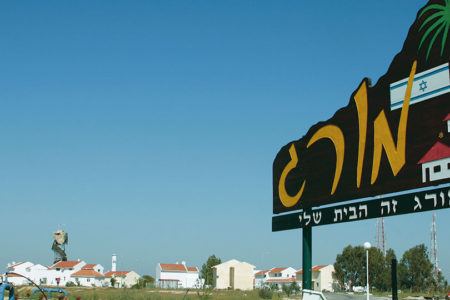Origins of the Pullout
The concept of Israel leaving the Gaza Strip and receiving nothing in return was first floated unofficially by Prime Minister Ariel Sharon in an address to an academic conference in Herzliya, Israel, on December 18, 2003. With the second Palestinian intifada (uprising) raging, Sharon said it was clear to him Palestinian Arabs had no interest in making peace. Israel needed to establish defensible boundaries that contained as few Palestinians as possible.
In April 2004, he formally unveiled his plan. Despite vehement political opposition and the loss of a referendum within his own Likud Party, Sharon persevered. He won several cabinet votes on disengagement (twice, incidentally, with the backing of Benjamin Netanyahu). The Knesset, Israel’s parliament, voted 59 to 40 on February 16, 2005, to give disengagement the green light.
Sharon won a final cabinet vote 17 to 5 on August 7, 2005. That day, Netanyahu joined four others in voting no. With disengagement practically under way, Netanyahu quit the Sharon cabinet, saying he had done all he could from within to stop it. Natan Sharansky had quit the cabinet in May.
To prevent the Arabs from smuggling arms into Israel, Sharon had originally considered retaining a narrow piece of territory that ran along the Gaza Strip’s boundary with Egypt’s Sinai Peninsula. He changed his mind, and by August 23, 2005, not a single Israeli settler remained in Gaza. On September 12, an Israel Defense Forces (IDF) soldier locked the gate at the Kissufim crossing and ended Israel’s almost 40-year presence in Gaza.
Two days later, Palestinians fired several rockets at the Negev town of Sderot, while Arabs in Lebanon celebrated the IDF pullout by firing at the Galilee from the north.
Since Israel has withdrawn from Gaza, Palestinians have fired more than 11,000 rockets into the Jewish state, dug a network of arms-smuggling tunnels, and persistently tunneled into Israel to kill or capture Israelis.
A month after the pullout, U.S. President George W. Bush’s secretary of state, Condoleezza Rice, criticized Sharon for threatening to block Hamas’s participation in proposed Palestinian elections. After Sharon’s massive stroke in January 2006, his successor, Ehud Olmert, agreed to Palestinian elections in the West Bank and Gaza and to Hamas participation.
On January 25, Hamas won 74 out of 132 seats in the Palestinian parliament. By June 2007, Hamas violently expelled Mahmoud Abbas and his Palestinian Authority from the Gaza Strip.
Since then, the Israeli army has had to reenter the area three times to stem Hamas aggression: in 2008, in Operation Cast Lead; in 2012, in Operation Pillar of Defense; and in the summer of 2014, in Operation Protective Edge.








